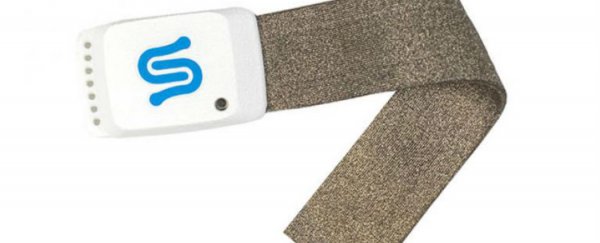If you own a smartphone, you're no doubt familiar with the nightly ritual of plugging it in to charge overnight so it doesn't run out of juice halfway through the day. Most personal gadgets, from phones to digital cameras, need regular top-ups to keep them from failing at the most inconvenient moment, but now there's a new technology that could finally reduce our dependency on wall sockets.
New Zealand tech firm StretchSense has announced it's working on a new type of energy-harvesting sensor that can bend and flex, generating power as it does so. That power can be stored and called on when required, so in the future you might not have to hunt around for your charging adapter every evening.
StretchSense CEO Ben O'Brien introduced the technology at the 2015 Wearable Technologies Conference in the US, as BGR reports. The new sensors have been patented and have completed the academic testing stage, according to O'Brien, and the company is now in talks with more than 100 clients about ways they could be used with actual products.
Right now, there's no fixed date on when we'll be able to take advantage of this new sensor technology, and a commercial launch may still be some way off. Wearables would be an obvious first port of call, as these gadgets are naturally bending and shifting shape during the course of the day - something like the Apple Watch could benefit from the extra battery life provided by StretchSense's sensors.
"Our objective from day one was to develop technology that serves a simple purpose: harvesting energy from human motion," said O'Brien. "Through our work with the University of Auckland, we have been able to create a compact, price appropriate solution that in the near future should start to see commercial usage."
O'Brien has previously described self-powering wearables as "the Holy Grail" for the tech industry and something StretchSense is committed to bringing to market. The company lists medical monitoring, sportswear clothing and even connected cars as potential use cases for its technology - bend and pressure sensors can measure how the forces of movement are affecting those inside a vehicle, for example.
Ultimately you could power up your fitness tracker just by hitting your daily step count, and further down the line maybe even recharge your smartphone as it bounces around in your pocket or bag. You can be sure that the technology is going to get smaller, lighter and cheaper in the coming years, opening up new possibilities for the way our gadgets are designed and powered.
